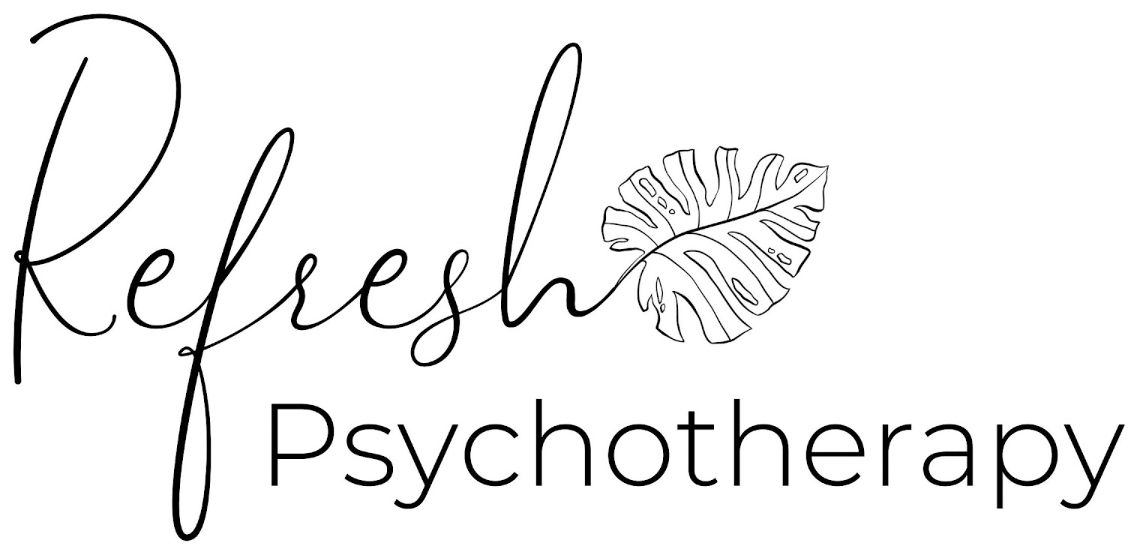
The Difference Between Gaslighting, Lying, and Misinformation: Why Not Everything Is Gaslighting
In recent years, “gaslighting” has entered the mainstream vocabulary with force. It’s on social media, in dating app bios, in political commentary, and even in casual disagreements. But as the word gains popularity, its clinical meaning is becoming diluted—and with that dilution comes real harm. When we call every form of dishonesty or disagreement “gaslighting,” we risk invalidating the actual psychological abuse that many people experience and making it harder to name and heal from.
As a psychotherapist, I’ve seen how confusion around these terms—gaslighting, lying, and misinformation—can keep people trapped in unhealthy dynamics or unsure whether their experience even counts as abuse. This article breaks down the real distinctions between the three, explains why they matter, and explores how misusing the term “gaslighting” can compromise both clarity and care.
What Is Gaslighting? A Psychological Definition
Gaslighting is not just lying. It is a form of psychological abuse in which a person systematically manipulates another into questioning their perception, memory, or sanity. The term comes from the 1944 film Gaslight, in which a husband dims the gas lights in the home and tells his wife she’s imagining it, leading her to believe she’s mentally unwell.
Clinically, gaslighting is often used by people with strong control needs, including narcissistic and emotionally abusive individuals. What makes gaslighting unique is that it’s:
- Intentional: The goal is to destabilize the victim’s grasp on reality.
- Ongoing: Gaslighting involves repeated behaviors, not one-off lies.
- Psychologically corrosive: Over time, the victim internalizes the manipulator’s view and loses confidence in their own.
Examples of gaslighting include:
- “You’re remembering it wrong. That never happened.”
- “You’re too sensitive. You always overreact.”
- “Everyone agrees you’re the problem.”
- “If you really loved me, you’d trust me more than your own feelings.”
The core message is always: Don’t trust your memory. Don’t trust your feelings. Trust me instead.
What Is Lying?
Lying is the act of knowingly providing false information. It can range from white lies to serious deceptions. Unlike gaslighting, lying doesn’t necessarily aim to erode someone’s sense of reality—it’s usually meant to protect the liar or avoid consequences.
For example:
- Telling your partner you were at the office when you were actually out with a friend is lying.
- Telling your boss you finished a report you haven’t started is lying.
Lies can be harmful, but not all lies are manipulative in the gaslighting sense. Most importantly, lying does not require the victim to question their overall perception of reality—it only aims to obscure a specific fact or event.
What Is Misinformation?
Misinformation is the unintentional sharing of false information. Unlike lying, misinformation doesn’t involve intent to deceive. Unlike gaslighting, it isn’t about control or manipulation.
Someone who spreads misinformation:
- Believes the false information is true
- Has no agenda to control your thoughts or feelings
- May be repeating something they’ve heard without fact-checking
A coworker who tells you the wrong start time for a meeting because they were misinformed is not gaslighting you. A friend who believes a conspiracy theory and tells you about it earnestly is spreading misinformation—not lying or gaslighting.
Why Misusing the Term “Gaslighting” Is a Problem
While it’s valid to feel upset or disrespected when lied to, calling every lie “gaslighting” can have serious consequences:
- It trivializes real abuse
When everything is called gaslighting, nothing is. People who are truly being gaslit may question whether their experience is “bad enough” or worthy of support. - It blurs accountability
Not every harmful interaction is abuse. Misusing clinical language can prevent constructive dialogue and prematurely label others as abusive when they may simply be avoidant, disorganized, or conflict-averse. - It reinforces emotional confusion
Ironically, calling non-manipulative behaviors “gaslighting” can produce the same psychological disorientation gaslighting causes. It creates overgeneralization and distrust, leading people to question valid relationships. - It can become a weapon
In some cases, the term itself is weaponized—accusing someone of gaslighting can itself be a gaslighting tactic if used manipulatively.
How to Tell the Difference in Real Time
Ask yourself:
- Is this person trying to make me doubt my perception consistently and over time?
- Is this a one-time dishonesty, or is it part of a pattern?
- Are they denying facts I can verify, or minimizing my feelings?
- Are they invalidating my emotions while insisting their version of events is the only valid one?
If the answer to multiple questions is “yes,” you may be experiencing gaslighting. But if it’s a single lie or mistaken belief, you may be dealing with dishonesty or misinformation—not psychological abuse.
The Emotional Consequences of Each
- Gaslighting leads to chronic self-doubt, emotional dysregulation, and loss of self-trust. Survivors often present with complex PTSD symptoms.
- Lying can create betrayal trauma and trust issues but doesn’t usually dismantle someone’s perception of reality unless chronic.
- Misinformation often leads to confusion or miscommunication but doesn’t produce psychological harm unless part of a broader manipulative pattern.
The Role of Therapy in Untangling This
People often come to therapy unsure of whether their experience “counts.” They feel invalidated, confused, or ashamed for being hurt by something others brush off. Therapy provides a place to name what’s happening—whether it’s an emotionally abusive pattern or a boundary that’s been crossed.
A good therapist doesn’t rush to label. Instead, they help you track:
- Patterns of behavior
- Emotional impact
- Your evolving sense of self and agency
You don’t have to know if it’s “gaslighting” or not to get help. If your relationships make you feel smaller, more confused, or chronically unstable, that is enough reason to explore further.
How Refresh Psychotherapy Can Help
At Refresh Psychotherapy, we work with clients to navigate confusing dynamics with clarity and compassion. Whether you’ve experienced ongoing gaslighting or are simply trying to understand if your feelings are valid, our therapists provide grounded, emotionally intelligent care. We don’t rush to diagnose your relationship—but we will help you reconnect with your instincts, explore boundaries, and restore your sense of psychological safety.
We believe your feelings deserve to be understood—not dismissed. And your version of events deserves space to be heard and honored.
Did you experience trauma due to gaslighting? Make an appointment with one of Refresh’s talented therapists at:
Written by: Keeley Teemsma, LCSW, MA
Works Cited
Sweet, P. L. (2019). The Sociology of Gaslighting. American Sociological Review, 84(5), 851–875.
Stern, R. (2007). The Gaslight Effect: How to Spot and Survive the Hidden Manipulation Others Use to Control Your Life. Harmony Books.
Graham, L. (2015). Gaslighting: Making you think you’re crazy is a hallmark of abuse. Psychology Today.
Lewandowsky, S., Ecker, U. K. H., & Cook, J. (2017). Beyond Misinformation: Understanding and Coping with the “Post-Truth” Era. Journal of Applied Research in Memory and Cognition, 6(4), 353–369.
Whitley, B. E., & Kite, M. E. (2016). Principles of Research in Behavioral Science. Routledge.
